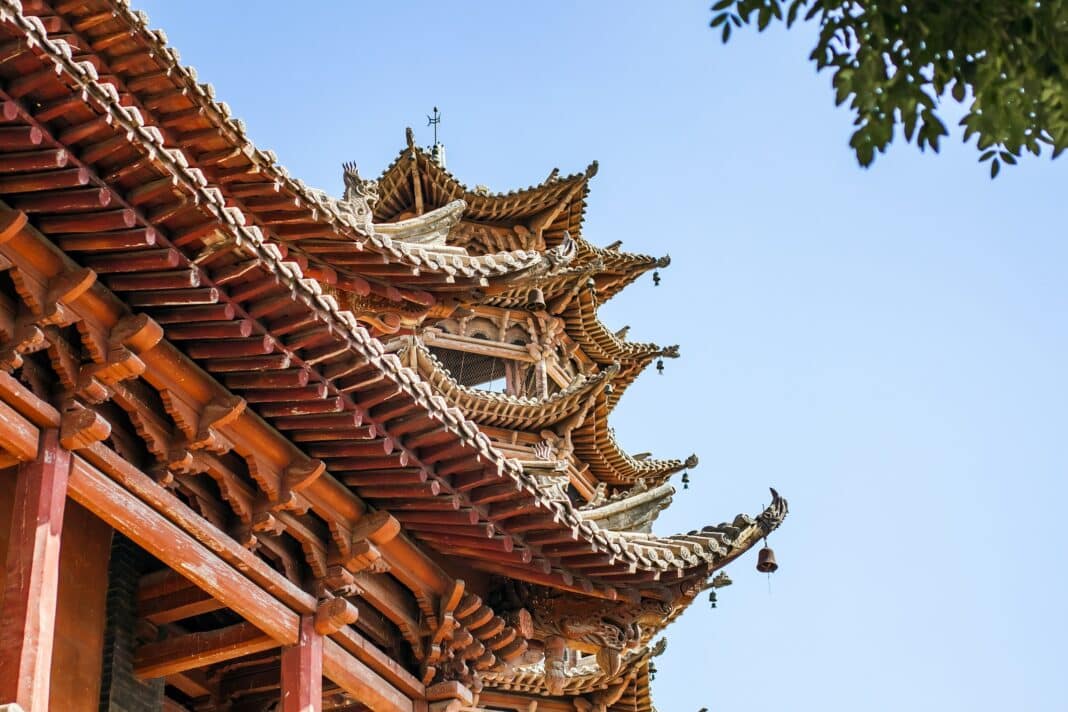A three-in-one solution could hold the key to cracking fire-resistant, clear timber coatings—with a fully transparent, intumescent flame-retardant coating crucial to protecting thousands of at-risk buildings, as well as high-value furniture.
That is according to researchers from the State Grid Sichuan Electric Power Research Institute and the Sichuan Research, which has successfully combined phosphorous, nitrogen, and silicon to create a synergistic protective layer: “The coating delivers outstanding flame-retardant performance while maintaining the wood’s natural appearance, a major step in fire safety technology for wood.”
According to Professor Hai-Bo Zhao, the study’s lead author, “balancing fire resistance with material transparency is a key breakthrough in flame-retardant technology.”
This new coating meets stringent safety standards for wooden structures and preserves the wood’s aesthetic value. It also has significant potential to be used in heritage conservation and protecting culturally important sites.
Wood Central understands the new coating combines phytic acid anion and quaternary ammonium cation to form a cross-linked network that significantly enhances its intumescent properties. As a result, the structure boosts the limiting oxygen index (LOI) to 35.5%, making the wood highly resistant to ignition. Additionally, the coating reduces total heat release by 13.9%, slowing combustion.
The standout feature, however, is its high transparency, which preserves the wood’s natural beauty, making it ideal for historical preservation and aesthetic uses. “The robust char layer formed during exposure to fire acts as an effective barrier against heat and oxygen, ensuring comprehensive protection for the wood beneath,” the researchers said.
Large-scale fire spread is a major risk for China’s ancient buildings.
According to UNESCO, which through the Silk Road Programme, is now looking to preserve Chinese traditional architecture (and thousands of timber-framed structures), “wooden components, such as columns, beams, purlins, lintel and bracket sets are connected by tendon joints.”
However, Jun Ma and Chunbei Xiao, both from the Beijing-based Capital of the University of Economics of Business, report that “frequent fires in traditional Chinese wooden buildings have caused significant economic losses, causalities and the subsequent loss of traditional buildings. “
That’s because timber-based traditional Chinese buildings have a low fire resistance rating and a fast burning speed: “So by the time people react to the fire, it has already spread rapidly to other buildings.”
For Professor Zhao, the coatings go beyond enhancing the fire resistance of these historic buildings and furniture exports. “By combining high performance with environmental responsibility, this coating could set a new standard in wood protection,” he said.
- For more information: Xiao-Liang Zeng et al., Highly Transparent Fire-resistant Coatings with Intumescent Three-source Integration, Chinese Journal of Polymer Science (2024). DOI: 10.1007/s10118-024-3100-1






